Tips for looking after your dog in summer
Protecting your furry friend from the sun and the heat is very important.
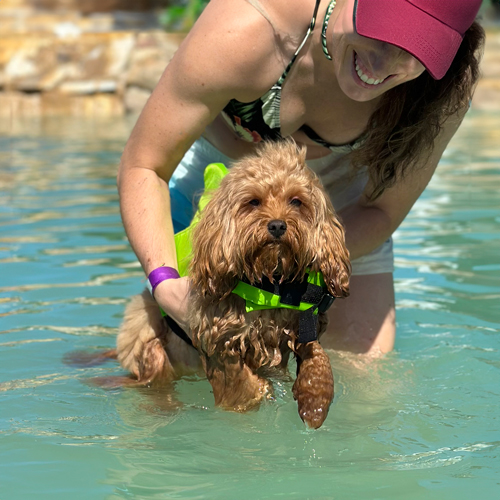
DO DOGS GET HOT IN SUMMER?
Approximate reading time: 10 minutes
With the arrival of summer, the heat gets hotter and can make us feel lethargic, tired and even irritable. High temperatures affect both our mood and our health, and the same is true for our dogs. Summer can be a very happy time for your furry friend thanks to long days at the beach, trips to the countryside and more time spent with you on holiday. However, this hot season can also bring with it some health risks.
Dogs, which have an average body temperature a couple of degrees higher than ours, have certain mechanisms to regulate their temperature, such as panting or sweating in the pad and belly areas. However, if the heat is very intense, your pet may have serious problems lowering its body temperature and could suffer from heat stroke. In addition, some furry dogs are more vulnerable to heat than others, such as short-haired black dogs, overweight dogs, senior or 'flat-faced' breeds such as pugs, as they cannot regulate their panting as efficiently.
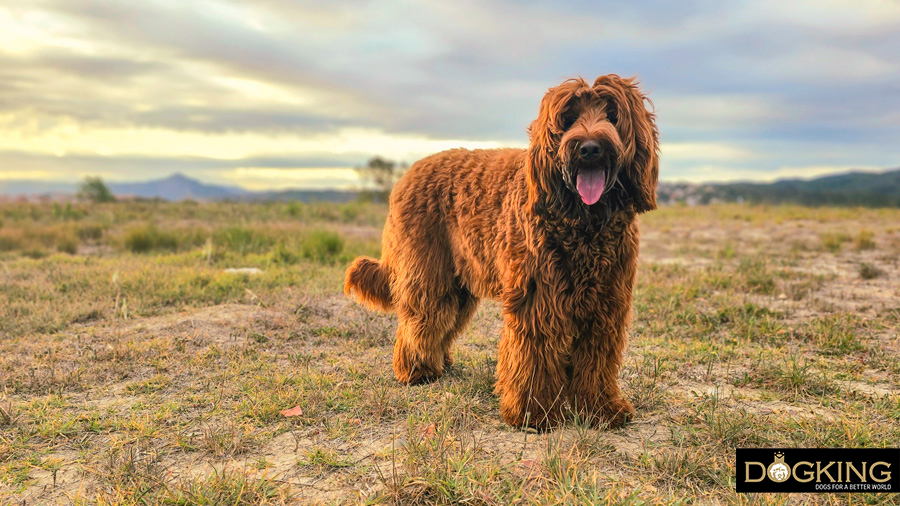
table of contents
- Symptoms of heat stroke in dogs
- How can I protect my dog in summer?
8- Travel safely with your dog
9- Beware of the swimming pool and the beach
Symptoms of heat stroke in dogs
Like people, dogs can suffer from heat stroke if they are exposed to intense sunshine and high temperatures for long periods of time. Canine hyperthermia causes your pet's body to overheat and can reach a temperature of up to 42°C, three degrees above normal. These are the symptoms of heat stroke in dogs: Confusion, restlessness or lethargy, excessive salivation, heavy panting and shortness of breath, dry skin that is hotter than usual, diarrhoea or vomiting, unsteadiness or dizziness, very red gums or blue tongue, lack of appetite and increased heart rate. If you suspect that your pet is suffering from one of these symptoms, take them to the vet quickly, as the consequences could be serious. Heat stroke: how to prevent it, how to detect it and what to do if your dog suffers from heat stroke.
How can I protect my dog in summer?
Heat and sun exposure are not the only risks that summer brings for our pets. There are certain situations that are typical of this time of year that can affect your furry friend's wellbeing. Take note of these tips for looking after your dog in summer so that they can enjoy the season safely.
1. Walks in the shade
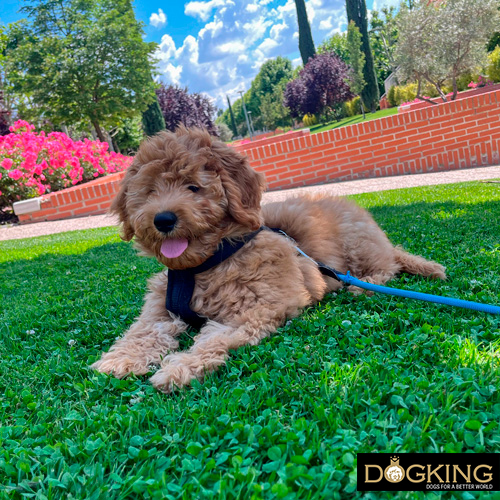 During summer walks, the intense sun will be your pet's worst enemy. For this reason, we recommend that you take him out early in the day or late in the afternoon. Never walk your dog in direct sunlight, especially during the middle of the day. Instead, look for shady, vegetated areas where your best friend can cool off a bit - it's even great if you come across a park with sprinklers! Remember that if it's very hot, the asphalt can get very hot, burning your dog's pads. To avoid this, check if it's safe for him to step on the ground by touching it with the back of your hand for 5 seconds. If you can't stand it without burning yourself, then neither can your pet.
During summer walks, the intense sun will be your pet's worst enemy. For this reason, we recommend that you take him out early in the day or late in the afternoon. Never walk your dog in direct sunlight, especially during the middle of the day. Instead, look for shady, vegetated areas where your best friend can cool off a bit - it's even great if you come across a park with sprinklers! Remember that if it's very hot, the asphalt can get very hot, burning your dog's pads. To avoid this, check if it's safe for him to step on the ground by touching it with the back of your hand for 5 seconds. If you can't stand it without burning yourself, then neither can your pet.
2. Keep hydrated
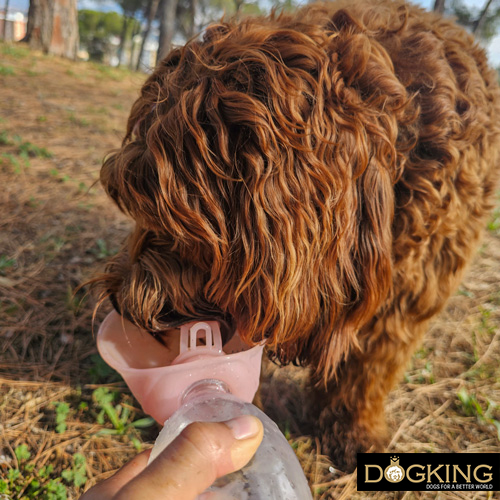
If your dog's body is dehydrated due to lack of water intake, you will notice dry tight skin, excessive salivation, faster and more rapid breathing and a restless or overly apathetic mood. If you notice these symptoms, don't let it go unnoticed: consult your vet as soon as possible.
3. Help to cool down
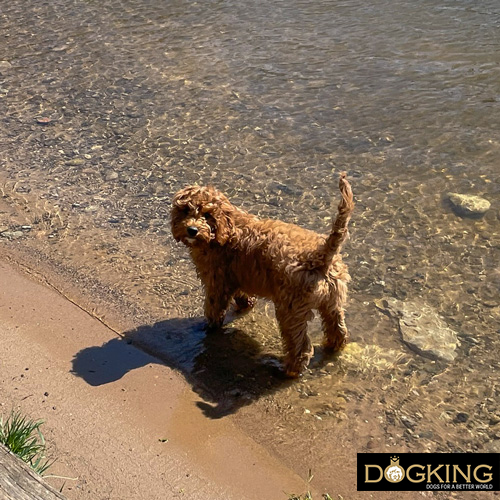 Dogs don't have as many resources as we do to cool down, so they need our help to combat the heat. A very practical idea to keep their temperature regulated is to cool their pads, as this is the area where they perspire. You can also stroke your furry friend's tummy with moistened hands, buy a cooling bed and use fans or air conditioning to maintain a comfortable temperature indoors. On the hottest days you may notice that your dog hides in unusual places. Let them do so, as their instincts will probably lead him to the coolest place in the house or the place with the most air flows. Similarly, if they dig a hole in the garden, and they never usually do this, they may be trying to protect themself from the sun and heat.
Dogs don't have as many resources as we do to cool down, so they need our help to combat the heat. A very practical idea to keep their temperature regulated is to cool their pads, as this is the area where they perspire. You can also stroke your furry friend's tummy with moistened hands, buy a cooling bed and use fans or air conditioning to maintain a comfortable temperature indoors. On the hottest days you may notice that your dog hides in unusual places. Let them do so, as their instincts will probably lead him to the coolest place in the house or the place with the most air flows. Similarly, if they dig a hole in the garden, and they never usually do this, they may be trying to protect themself from the sun and heat.
4. Don't shave their hair
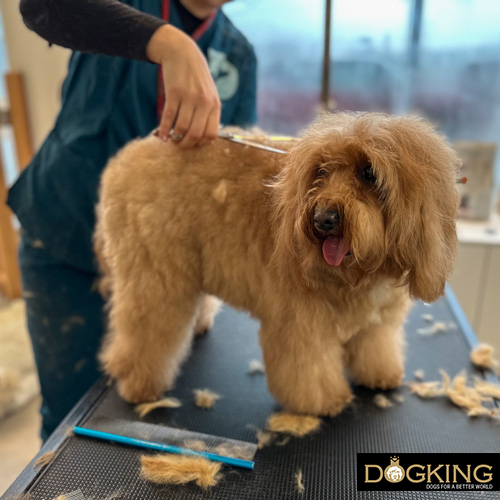
5. Beware of burrs
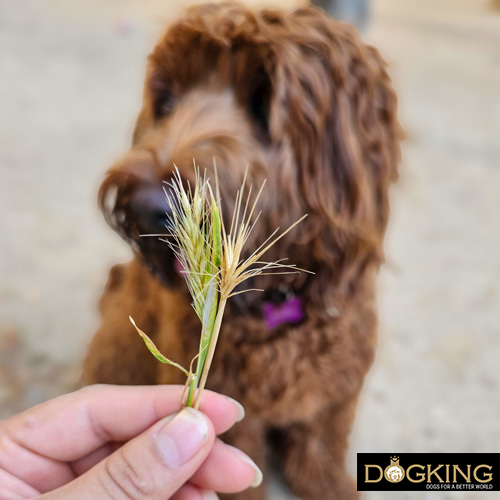 Spikelets/burrs are seed pods that cover the seeds of various grasses. Although they usually flower in spring, it is in summer that they dry out and turn a yellowish colour. These plants are very dangerous to dogs, as their arrowhead shape can cause them to stick into their skin, mucous membranes, ears, between the toes or under the eyelids. If they get into their nose or throat, they can impede breathing. To avoid complicating matters (in some cases surgery may even be necessary), try to spot spikes on walks and hikes with your dog and try not to pass through these areas. In summer we all enjoy nature and the great outdoors more than ever, but keep an eye out for these pesky little plants. Don't forget to check your pet's body and brush well after an outing in the countryside or any grassy area.
Spikelets/burrs are seed pods that cover the seeds of various grasses. Although they usually flower in spring, it is in summer that they dry out and turn a yellowish colour. These plants are very dangerous to dogs, as their arrowhead shape can cause them to stick into their skin, mucous membranes, ears, between the toes or under the eyelids. If they get into their nose or throat, they can impede breathing. To avoid complicating matters (in some cases surgery may even be necessary), try to spot spikes on walks and hikes with your dog and try not to pass through these areas. In summer we all enjoy nature and the great outdoors more than ever, but keep an eye out for these pesky little plants. Don't forget to check your pet's body and brush well after an outing in the countryside or any grassy area.
6. Stop parasites
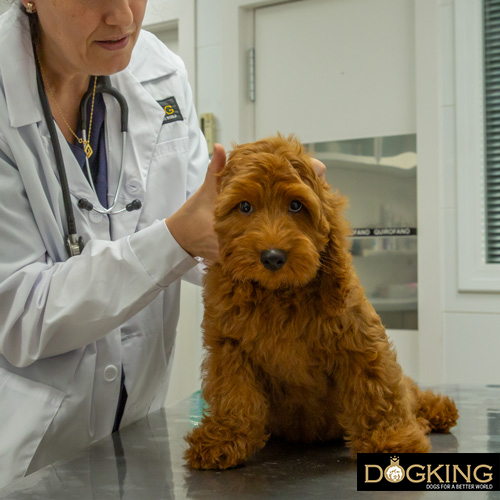
7. No binge eating
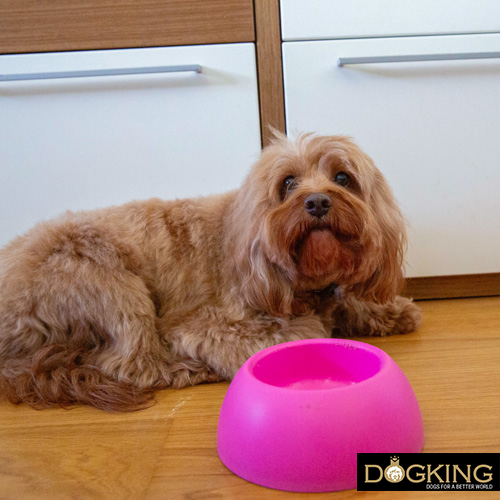 If your furry friend is a glutton, you'll need to be especially careful in summer. It's best to divide the meals into several smaller portions throughout the day, avoiding binge eating or eating too quickly. With the intense heat, the less work your dog's digestive system has to do, the better. Avoid exercise or exposure to the sun after meals.
If your furry friend is a glutton, you'll need to be especially careful in summer. It's best to divide the meals into several smaller portions throughout the day, avoiding binge eating or eating too quickly. With the intense heat, the less work your dog's digestive system has to do, the better. Avoid exercise or exposure to the sun after meals.
8. Travel safely with your dog

9. Watch out for the pool and the beach
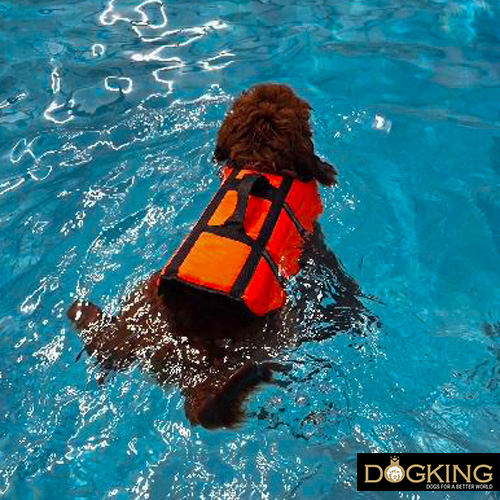 Enjoying a day at the beach or pool with your dog is a beautiful and fun experience. Many dogs enjoy frolicking in the sand, chasing waves and digging holes. However, beware of heat stroke and take an umbrella so your dog can take shelter in the shade. Also, check the temperature of the sand so that it is not too hot for their pads. On the other hand, bear in mind that swimming pools for people can contain chlorine and other chemicals that are harmful to your pet, so we advise you to buy a special pool for dogs with natural water. Here your furry friend will be able to cool off and splash around safely. A duck to water!
Enjoying a day at the beach or pool with your dog is a beautiful and fun experience. Many dogs enjoy frolicking in the sand, chasing waves and digging holes. However, beware of heat stroke and take an umbrella so your dog can take shelter in the shade. Also, check the temperature of the sand so that it is not too hot for their pads. On the other hand, bear in mind that swimming pools for people can contain chlorine and other chemicals that are harmful to your pet, so we advise you to buy a special pool for dogs with natural water. Here your furry friend will be able to cool off and splash around safely. A duck to water!